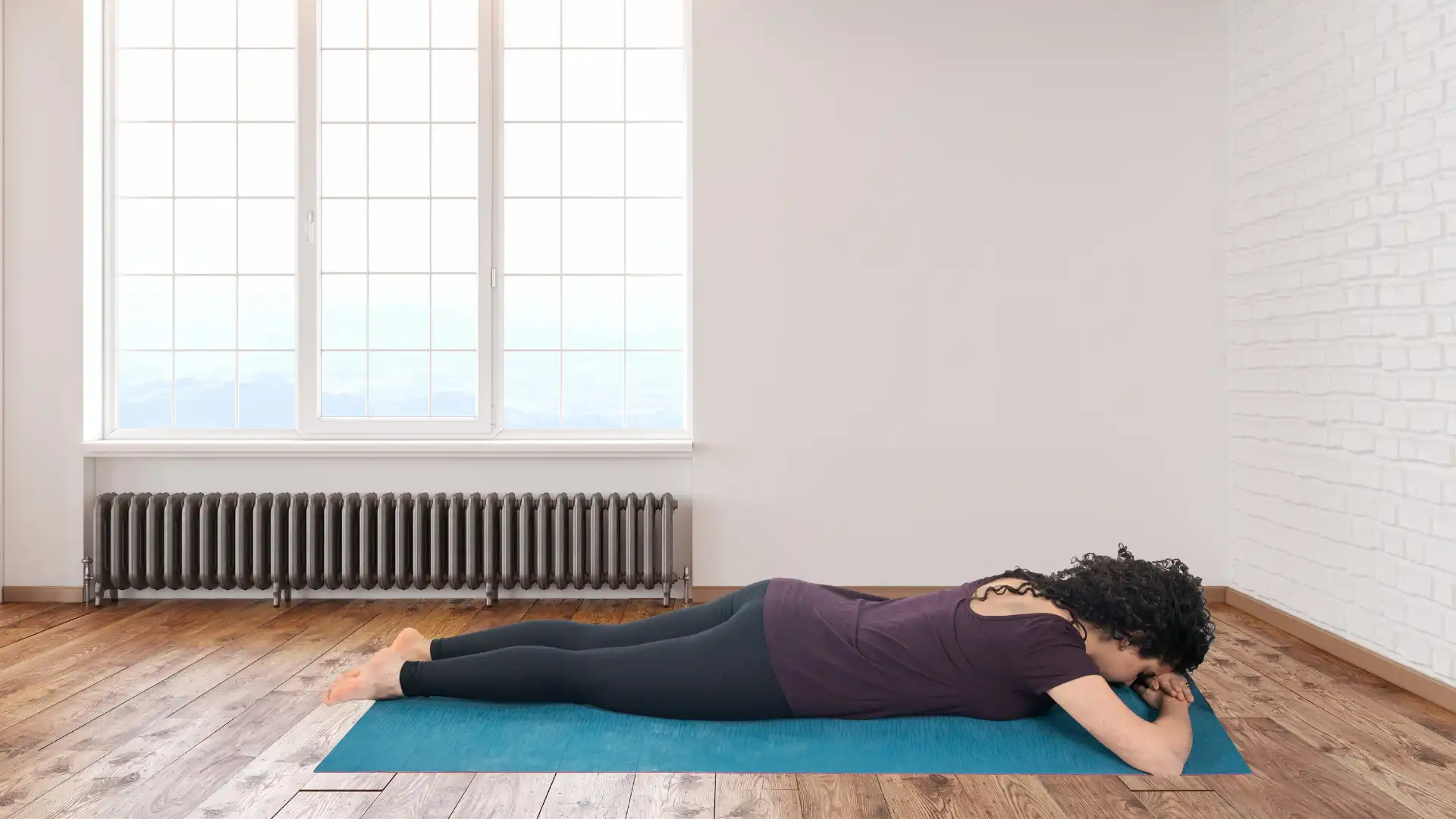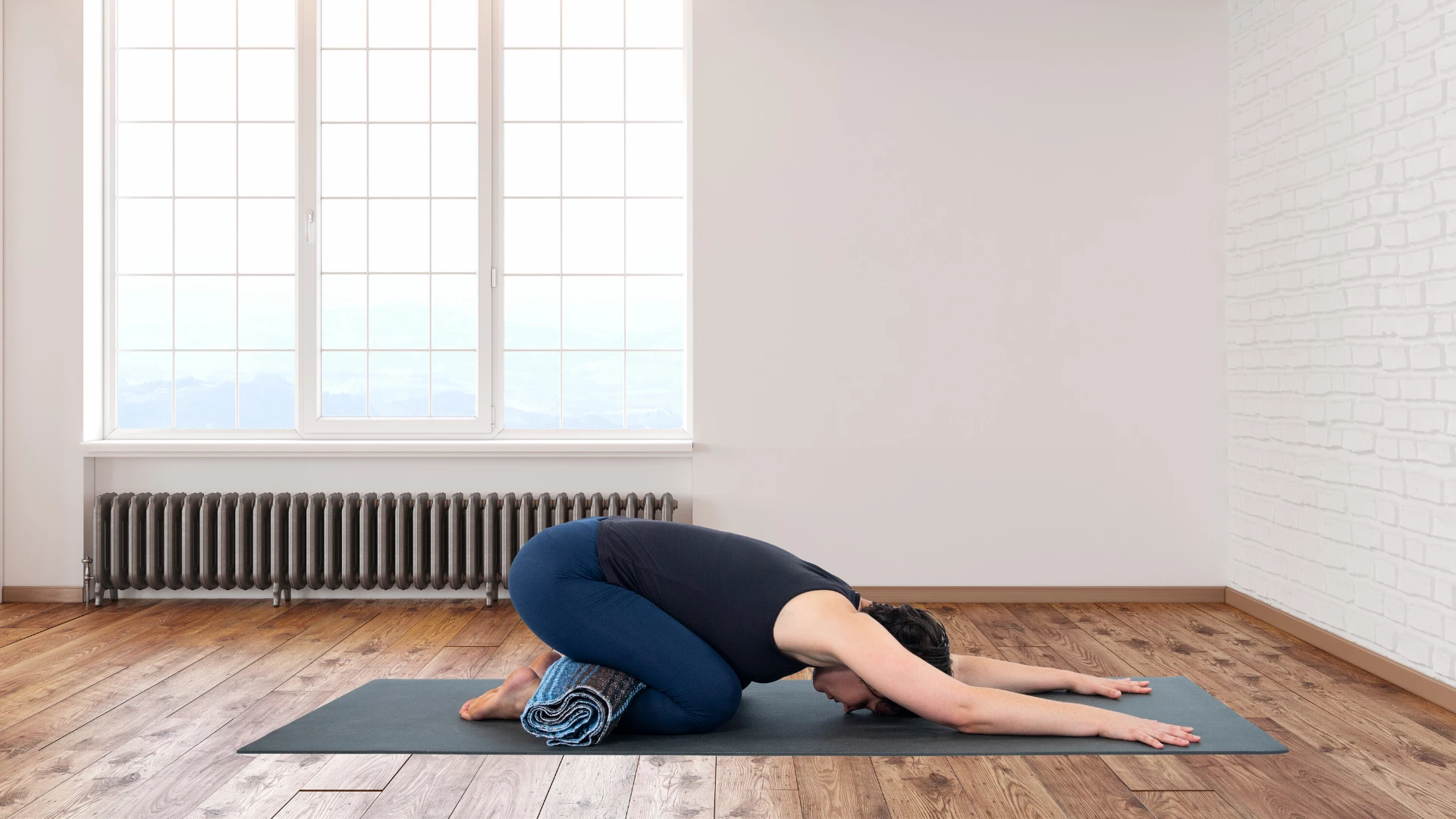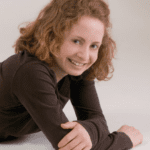When Savasana Doesn’t Feel Relaxing: Three Trauma-Informed Alternatives

Savasana—so many yoga practitioners absolutely love it, and if anything, want it to be longer. There are even t-shirts saying, “I’m only here for Savasana.” Yet this final resting pose, nearly universal in modern yoga classes, can be triggering to those who’ve endured personal trauma. This makes total sense; in the pose, one is face-up with the front side of the body vulnerably exposed, eyes closed, often in the dark.
For children who’ve experienced abuse, sexual assault survivors, and those with post-traumatic stress disorder (PTSD) from other experiences (such as military service, natural disasters, and incidents of mass violence), this position can feel downright terrifying. Let’s look at some trauma-informed alternatives to Savasana for these types of practitioners. The following is guidance for teachers to offer students or individual practitioners to use for themselves in home practice or in the context of a class.
Students should keep in mind that to the extent you feel comfortable and capable, modifying your practice is not only okay but in fact, it’s also wise. Teachers should keep in mind that when students modify their practice, they may be taking care of themselves in regards to issues that they may not discuss with you (for one or more of a variety of possible reasons). As long as a modification is physically safe and seemingly intentional, it’s best to let them do it.
Makarasana (Crocodile Pose)
 This pose allows the front side of the body to be protected, which can feel safer and more comfortable for those who’ve experienced trauma. On the other hand, breathing can feel strange, even a bit difficult, when lying on the belly. Guide students to see if they might be able to breathe into the back.
This pose allows the front side of the body to be protected, which can feel safer and more comfortable for those who’ve experienced trauma. On the other hand, breathing can feel strange, even a bit difficult, when lying on the belly. Guide students to see if they might be able to breathe into the back.
- Lie on the belly, tops of your feet on the mat.
- Bend your elbows and place one hand on top of the other. This makes a pillow for your head, so go ahead and rest your forehead on it.
- If there’s any discomfort in the knees, thighs, or hamstrings, try placing a rolled blanket under the ankles.
- Try to soften from your front side—fully supported by the mat—into your backside.
- When it is time to come out of the pose, place your hands on the floor by the middle ribs, push to sit up on your heels, and then shift into a comfortable seat (perhaps Sukhasana (Easy Pose).
Balasana (Child’s Pose)
 Similar to the Crocodile Pose, Child’s Pose can feel less vulnerable than Savasana. Breathing may feel a bit more normal and easy than in Crocodile Pose, depending upon how wide apart one places their knees. Yet this Savasana alternative might not be the best to use for those who’ve experienced infancy or childhood trauma, if you may be aware of that history, as it triggers physical memory of that time. It can also be difficult for people whose knees don’t bend completely.
Similar to the Crocodile Pose, Child’s Pose can feel less vulnerable than Savasana. Breathing may feel a bit more normal and easy than in Crocodile Pose, depending upon how wide apart one places their knees. Yet this Savasana alternative might not be the best to use for those who’ve experienced infancy or childhood trauma, if you may be aware of that history, as it triggers physical memory of that time. It can also be difficult for people whose knees don’t bend completely.
- Sit onto your heels, knees a few inches apart.
- Lower your torso until it rests on your thighs, the lower belly meeting the upper thighs first. Let your forehead rest on the mat, or on a blanket or yoga block if it doesn’t quite reach the floor.
- Reach your arms forward, keeping them a bit wider than the collarbones. Or reach them around behind you so that they rest on the floor next to your sides, palms up, if that feels more relaxing. In that variation, it’s best to turn your head to one side, unless resting on your forehead still feels comfortable (it can depend on the size and shape of your nose).
- When it is time to come out of Child’s Pose, sit up on the heels and then shift to Sukhasana or some other comfortable pose.
Infinity Pose
This can be a wonderful pose for final rest, though it does require some muscular work to maintain stability. Keep in mind also that slightly different things are happening in (and to) the top and side bodies here. As to not lead to imbalances, as well as the fact of the slight muscular work needed, this variation may be best for shorter final rest periods.
- From lying on your belly, reach one arm forward (in a straight line from the shoulder). It doesn’t matter which arm in this case (though avoid stretching from a side of the body where there may be injuries or notable discomfort, anywhere from the arms to the torso to the legs).
- Then shift unto the same side of the body of the arm that is lengthened forward, stacking the hips. Rest your head on your upper arm and bend your knees if that feels comfortable. You can place your other palm on the floor in front of you to help stabilize your body.
- Feel the side of the body that’s resting on the mat softening into it. Notice any other places of tension, and try to breathe into them. The breath out will carry that tension away.
- When you are ready to come out of the pose, shift back onto the belly, take the arm that is lengthened forward back by your side, and sit up unto your heels. Shift into Sukhasana or some other comfortable seat from there.
An alternative to this pose is a fetal pose, essentially this pose, but with knees bent and drawn a bit closer into the chest. It requires a bit less muscular effort to stay stable.
Also, read...
Wrist Pain During Yoga? 4 Tricks to Eliminate Discomfort
Yoga for Neck Health: Exploring Brahma Mudra
Carpal Tunnel Syndrome: A Yoga Sequence to Soothe Sore Wrists
Related courses
Breath as Medicine: Yogic Breathing for Vital Aging
Yoga and Myofascial Release: Releasing Chronic Tension with the Bodymind Ballwork Method
Yoga and Detoxification: Tips for Stimulating Lymphatic Health

Kathryn Boland is an RCYT and R-DMT (Registered Dance/Movement Therapist). She is originally from Rhode Island, attended The George Washington University (Washington, DC) for an undergraduate degree in Dance (where she first encountered yoga), and Lesley University for an MA in Clinical Mental Health Counseling, Expressive Therapies: Dance/Movement Therapy. She has taught yoga to diverse populations in varied locations. As a dancer, she has always loved to keep moving and flowing in practicing more active Vinyasa-style forms. Her interests have recently evolved to include Yin and therapeutic yoga, and aligning those forms with Laban Movement Analysis to serve the needs of various groups (such as Alzheimer’s Disease patients, children diagnosed with ADHD, PTSD-afflicted veterans – all of which are demographically expanding). She believes in finding the opportunity within every adversity, and doing all that she can to help others live with a bit more breath and flow!




